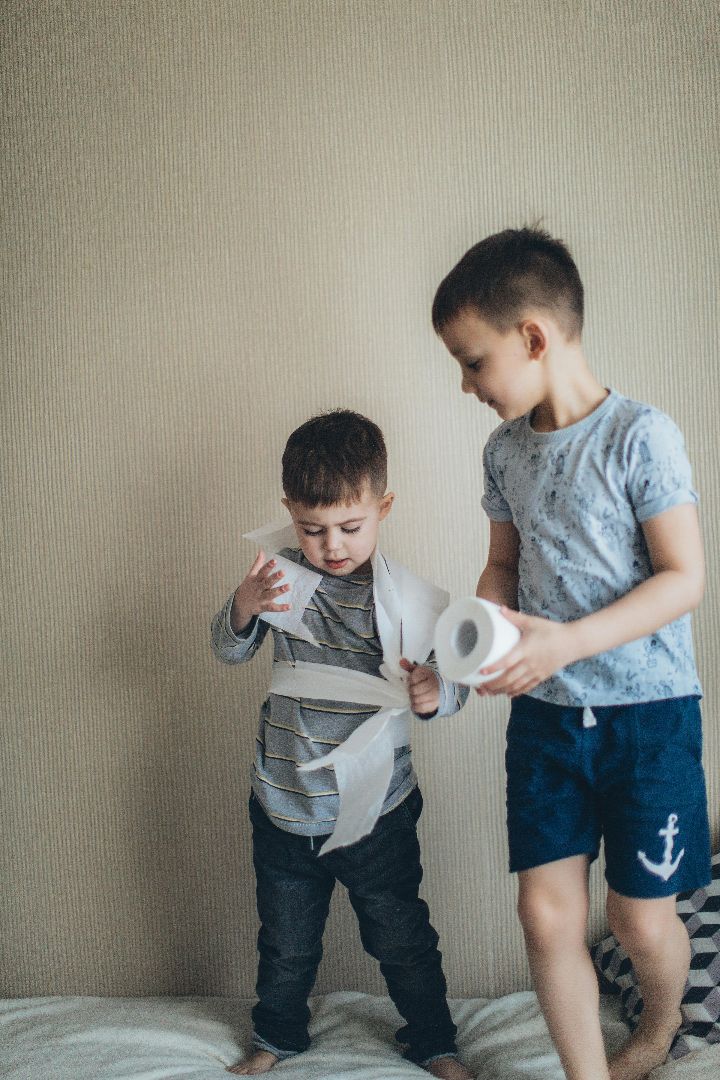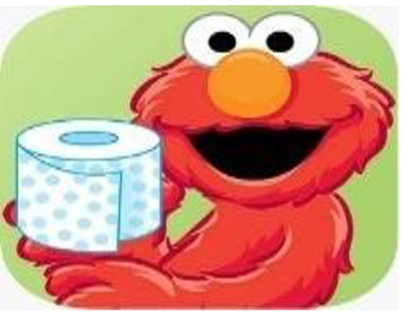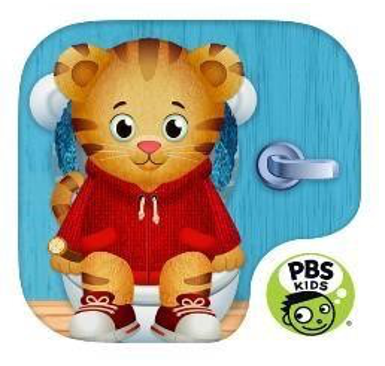
Learning to use the toilet is a major milestone that involves a combination of physical, cognitive, and emotional skills. Because it’s such a complex task, some children may take longer to develop independence in this area. This section offers guidance and practical strategies to support your child’s progress with toileting in a positive and manageable way.
Learning to use the toilet is a complex task with many steps. A child needs to:
- know when they need to go
- communicate with you
- manage their clothing
- control their bladder and bowels
- learn to wipe themselves
- and remember all the steps to the task in order.
How it presents
The child:
- uses nappies or diapers
- refuses to sit on the toilet
- is unable to wipe themselves
- has many toileting accidents throughout the day.
How you can help
- Support your child to feel safe and comfortable on the toilet using a toilet insert and ensuring their feet are supported by using a sturdy step can help your child feel more secure.
- Break down the task and practice skills one at a time, such as learning to manage their clothing and washing their hands.
- Ensure your child has a way of communicating their needs with you, speak with your child's speech and language therapist for more support with this.
- Make toileting a fun and positive experience – use books, singing, bubbles, or toys specifically for the toilet. Remember to use a lot of praise and encouragement.
- Help your child understand the toileting process using books or videos about toilet training.
- Removing the nappy as soon as possible when starting toilet training will assist your child to feel when they are wet or dirty.
- Take your child to the toilet at regular intervals and keep the routine consistent.
- Using a visual schedule can help your child understand the steps.
Ensure your child is well supported so they can balance. They may benefit from a handrail to hold onto when leaning to the side to wipe.
Sometimes children prefer to use wet wipes instead of toilet paper, as these can help with cleansing and are often easier to wipe (put them into the bin instead of the toilet).
Practice one step at a time such as:
- getting toilet paper off the roll
- folding the paper
- reaching around to their bottom
- checking if it is dirty
- and putting it into the toilet.
A social story can help to teach the sequence for bottom wiping.
Have a look at our Bottom Wiping Programme for more tips.
Consider using visual cues, such as a photo, illustration, or symbol to prompt the bottom wiping sequence.
- Kids have produced visual aids for toileting boy boys and girls.
- Do2Learn has printable picture cards that can be used as prompts for toileting.
Have a look at our video on Toileting Trials and Triumphs to support independence in toileting for children and young people with additional needs. This video explores common toileting challenges faced by children with additional needs and offers strategies to address both general and specific issues. It also introduces helpful resources and activities designed to support children in becoming more independent with toileting.
Watch this training video which provides information on the role of SEN OT in toileting in school settings, and explores the impact of sensory and motor systems on toileting such as interoception, faecal smearing, sensory sensitivities, motor skills etc.
When preparing for toilet training, there are a number of aspects to be taken into consideration to support the development of your child’s toileting skills. These include dressing, environment, learning a routine and seating and adaptations. Our resource on Toilet Training Considerations explores all of these considerations and offer tips for managing fears and anxieties.
Learning to aim when doing a wee standing up can be challenging for boys. Our guide on Teaching boys to aim contains activities designed to help boys understand where to direct their stream more accurately.
There are a number of ways to prepare your child for this toileting journey and make this adventure a bit more fun! See below for a list of books, apps and useful links about using the toilet.
Books

- The Potty Train- David Holchman
- Everyone Poops- Taro Gomi
- Duck Goes Potty- Micheal Dahl
- Where’s the Poop- Julie Markes and Susan Kathleen Harlung
- Everyone Potties- Cheri Vogel
- Why do we need a potty? (Very first lift the flap question & answers)- Katie Daynes
- Thomas and Friends: My Thomas Potty Book
- What is Poo?- Katie Daynes and Marta Alvarez Miguen
- No More Nappies: A potty training book (Campbell Big Steps, 2)- Campbell Books
- Softy the Poop: Helping Families Talk About Poop- Thomas RuHame
Apps
 |
Potty Time with Elmo (Apple App Store, Amazon) |
 |
Potty Time (Apple App Store, Google Play) |
 |
Daniel Tiger’s Stop and Go Potty (Apple App Store, Google Play, Amazon) |
 |
Poo Goes Home To Poo Land (Apple App Store, Google Play) This app is similar to a social story. |
Songs and videos
Health visitors can also provide information and help around toileting. You can find contact details for your local Health Visiting team here.
Woodfield Road Clinical Psychology Service The Woodfield Road Clinical Psychology and Occupational Therapy Team run a group to help parents and carers with children aged 0-7 workshop with common issues around toileting. For further information, contact the team at clcht.psychadmin@nhs.net.
ERIC - provides resources to help improve the quality of life of children, young people, and their families in the UK who are affected by continence problems, in order to help them manage or overcome these issues. You can also call the ERIC helpline for further advice on 0808 801 0343 (Monday to Thursday, 10am to 2pm).
Contact has more information on potty and toilet training for children with disabilities.